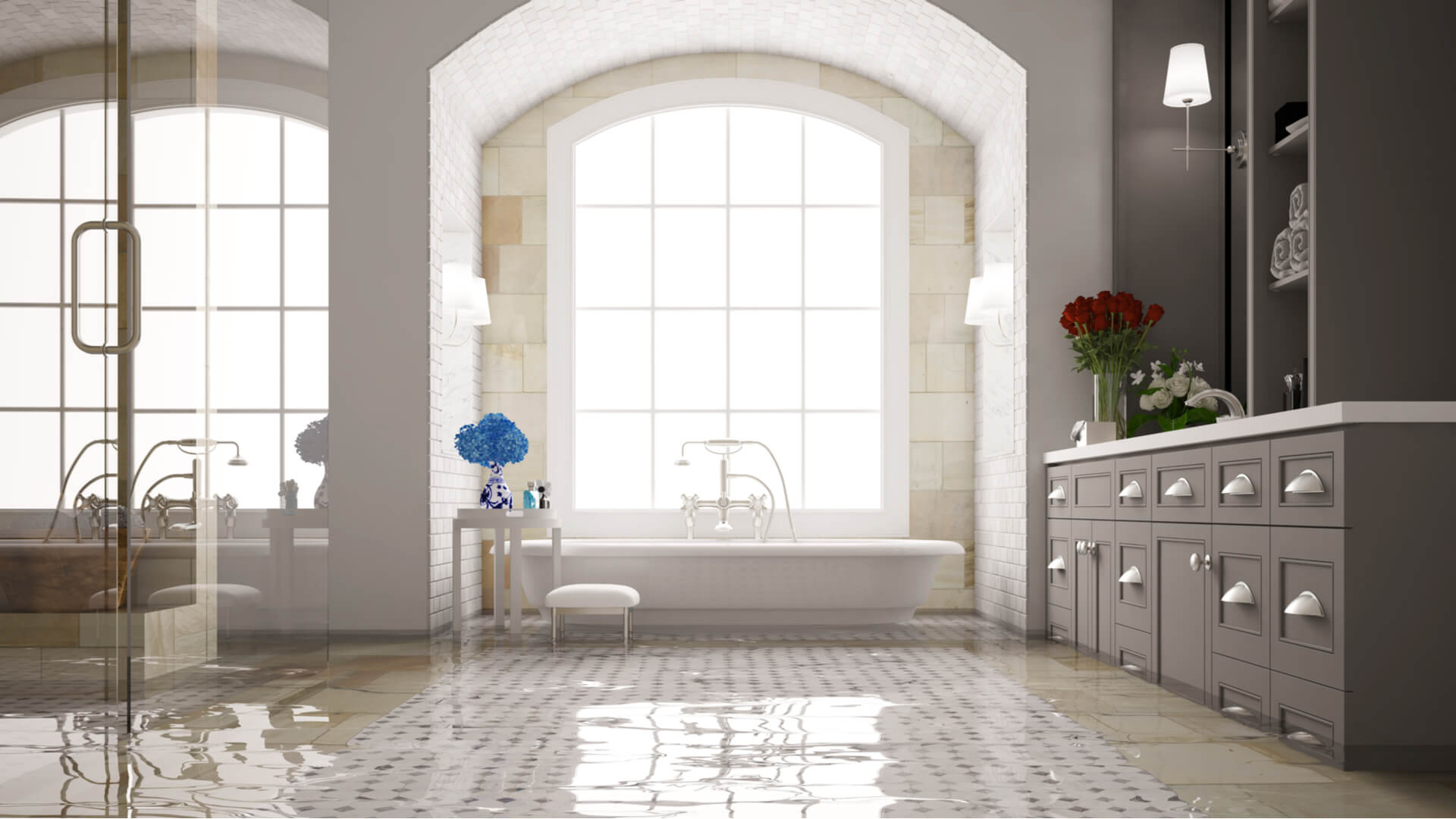Damage to your bathroom after it floods
A flooded bathroom can be a nightmare to deal with. First, identifying where the flood has happened, whether it’s a burst pipe, or a sewage backwash from the toilet, can be tricky.
Then, once the flood has subsided, the damage needs to be evaluated, checking that it hasn’t caused long term structural problems or damaged other rooms in the house.
This process, without professional help, is a lengthy, and potentially dangerous one. If raw sewage is involved, it can cause serious health implications for anyone near it. Drying out rooms takes time, one that must be done properly to avoid mould or other damp related problems.
Employing a professional restoration company like Restorations (UK) is key to ensuring that your bathroom is as good as new once the damage is resolved.
Finding a flood in your bathroom
Whether you’ve gone away for a period of time and returned home to a flooded bathroom, or if you’ve simply had a surprise burst pipe, the best thing to do is approach it in a logical manner and try and understand what you can do and what further help you may need from a professional.
As well as removing the excess water, you may need to repair pipes, remove moulding wood or furniture or even replace parts of a ceiling.
Damage can be extensive and without professional identification of the extent of the problems, you could be setting yourself for hefty repair bills in the future. While it’s best to hire a professional, there are some things you can do to help mitigate future problems.
The team at Restorations (UK) have compiled a list of steps you can take to minimise damage while you wait for a response from our team.
1. Turn off the water
Find the main water spigot and turn it off. If you have the ability to isolate a certain part of the house’s water supply, then isolate your bathroom and turn it off. This will stop any further excess water leaking in. By isolating the problem room and turning off the main stopcock, you can prevent any further water entering the system.
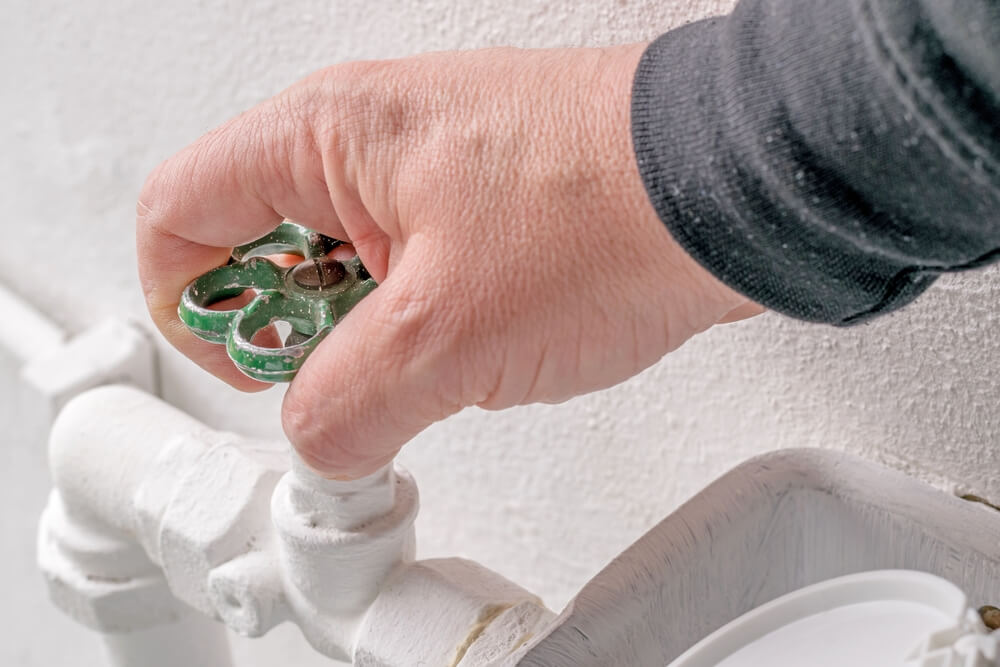
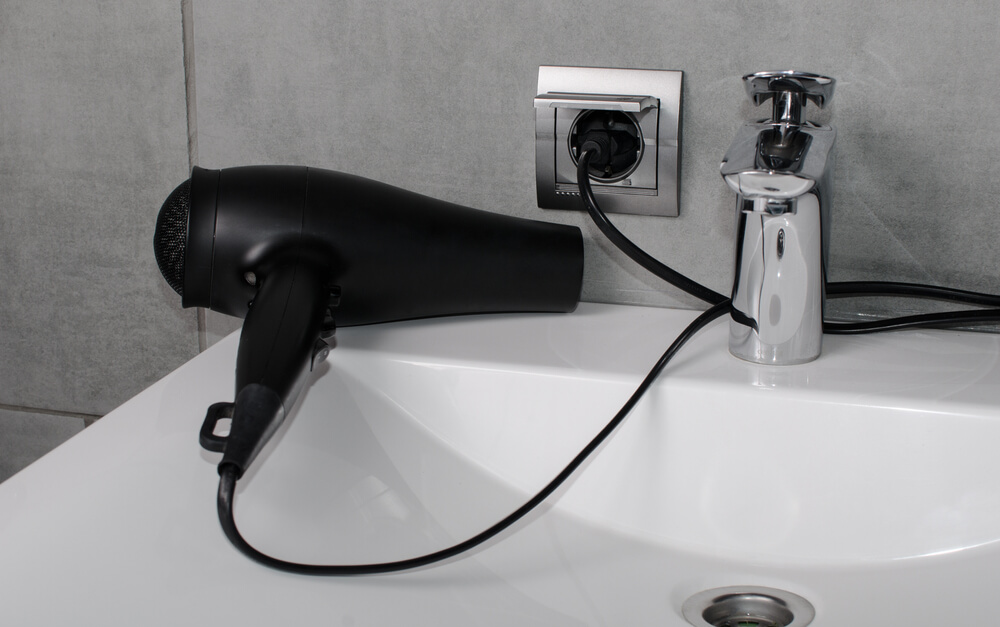
2. Remove any potential hazards
Water, when it gets into certain parts of your building, can cause long-term damage but also immediate hazards. If there are any electrical components in your bathroom that have been water damaged (maybe an exposed towel heater cable or similar), turn off the electricity in that room to ensure the power supply isn’t compromised.
If there are any easily collapsible items, such as MDF or similarly thin wood compounds, remove/address these parts early on. This could be a long-term hazard if these are not removed, and collapse on you as you are trying to clean up. For yourself, wear appropriate clothes and footwear, including rubber or similar waterproof gloves and rubber shoes. Protecting yourself from any hazards is just as important.
3. Remove as much water as possible
If there is still sitting water, remove as much as possible, while remaining safe. You could use a bucket or two and dispose of it down a waste drain if it isn’t blocked. Ensure that any waste water is poured in a place that won’t damage human health. If raw sewage is involved, then don’t touch it or get near it if you can help, as this is very dangerous to human life.
By removing sitting water, you’re preventing it from being absorbed into the walls and floor and helping you to identify problems.
You can also use a mop or old towels to soak up water before wringing them out. If you have access to a hire company that can provide a wet vac, this can also help.
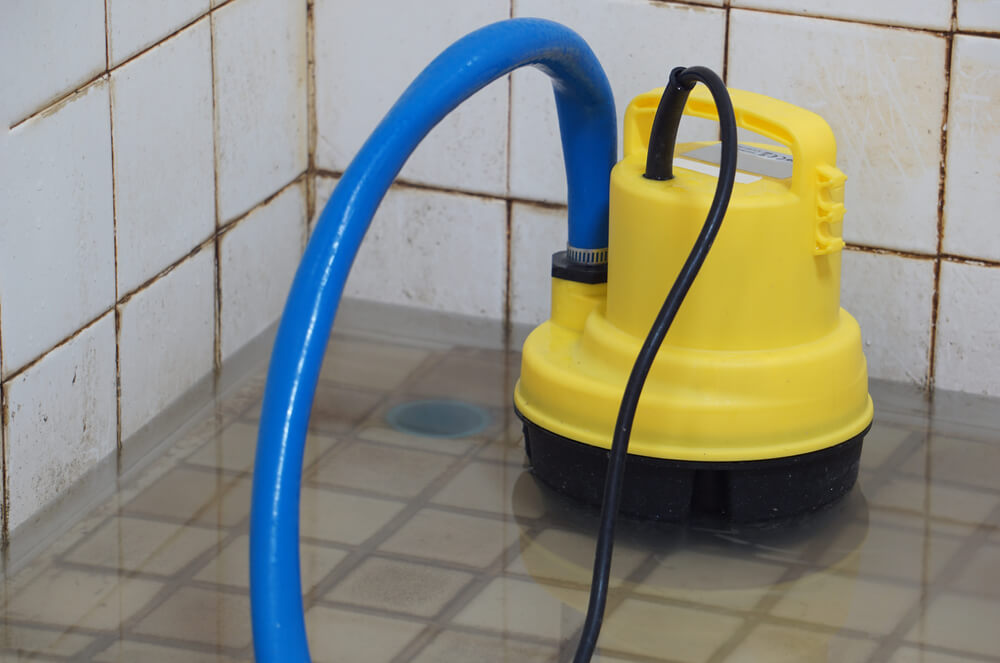
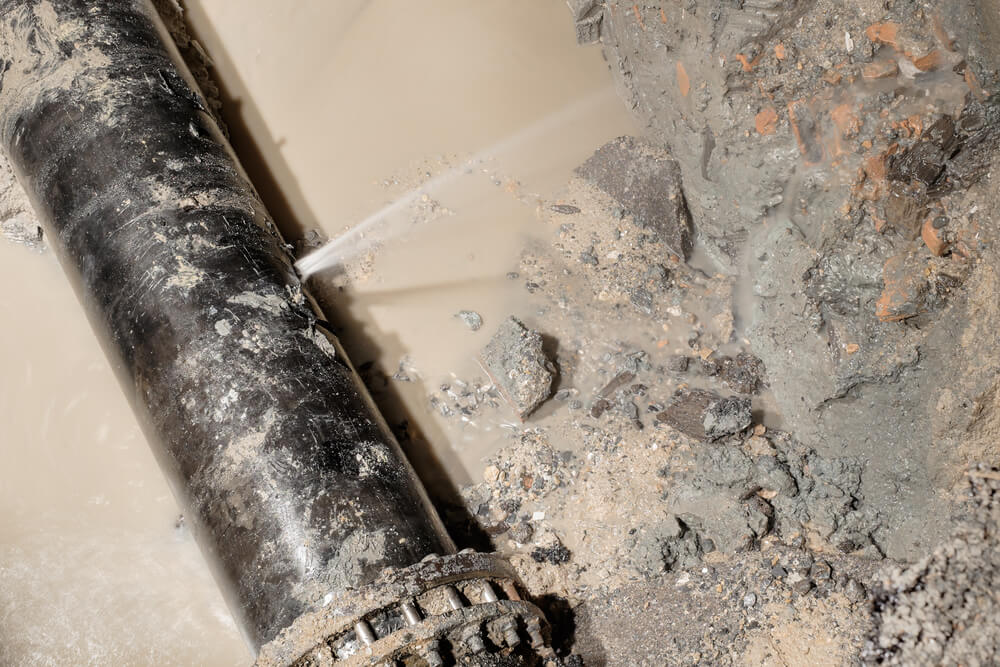
4. Put in a temporary fix
If you can see the problem, such as a burst pipe, then putting in a temporary fix such as waterproof tape, putty or similar over the problem area will stop any immediate problems.
Where a seal has broken, perhaps on the sink or in another pipe, then replacing this part will permanently fix the problem in most cases, however the water damage is still there.
5. Speak to your insurers
Considering both buildings and contents insurance, speak to your insurers to inform them of the damage. This report may trigger a call out on their behalf, or they may ask you to contact a restorations expert like Restorations (UK) to fix the problem.
Either way, it’s important to have this on record as soon as possible to ensure any money is paid out in time.
Having photos or evidence of any kind will help the claim, so take regular photos and videos, as well as logging the series of events.
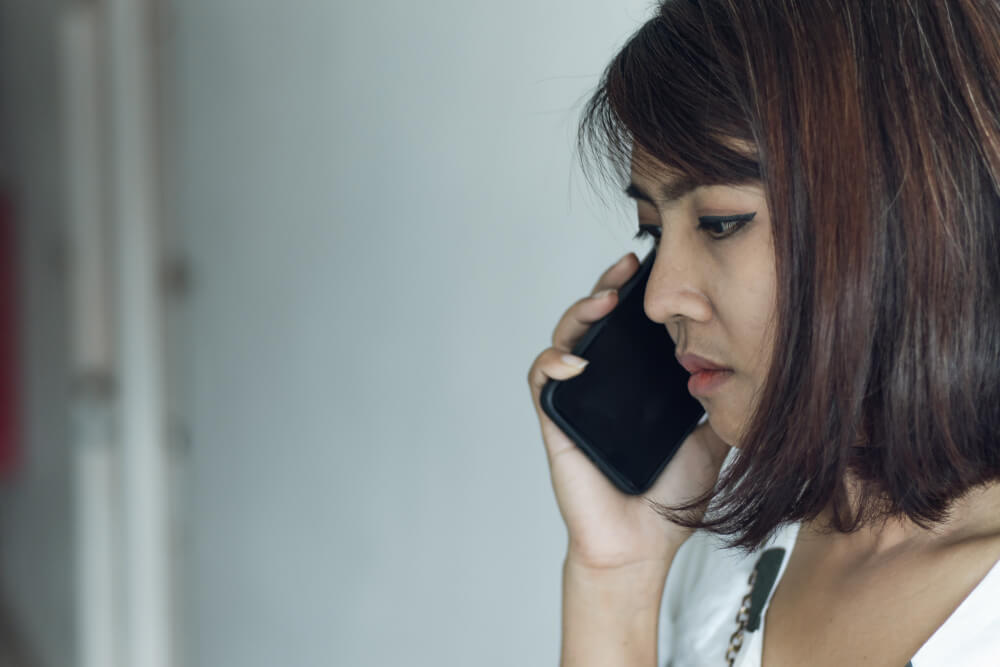
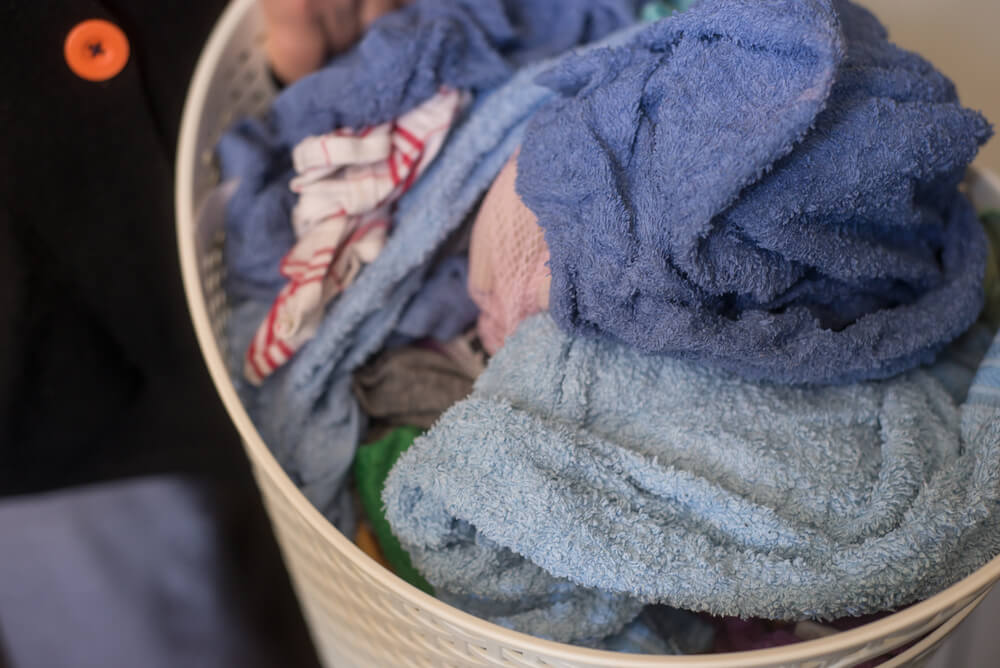
6. Remove any soft or removable furnishings
Towels, bath mats, plant pots or anything easily removable should be removed and placed somewhere they can dry.
Similarly, anything in cupboards that have been impacted should be removed if you haven’t already done so.
7. Strip out damaged walls and structures
If you had carpet or a permeable flooring in your bathroom, then this will likely need to be replaced, but the damage underneath could also be just as bad. Stripping this out to ensure the floor underneath isn’t damp is incredibly important to understand the extent of the damage.
As well, any damaged plasterboard or wall should be identified as this will slowly creep upwards otherwise. If you feel confident to remove parts of the plasterboard you can but this could be detrimental to the structure of your building. It’s best not to do anything like this if you’re remotely unsure, instead use a professional like Restorations (UK).
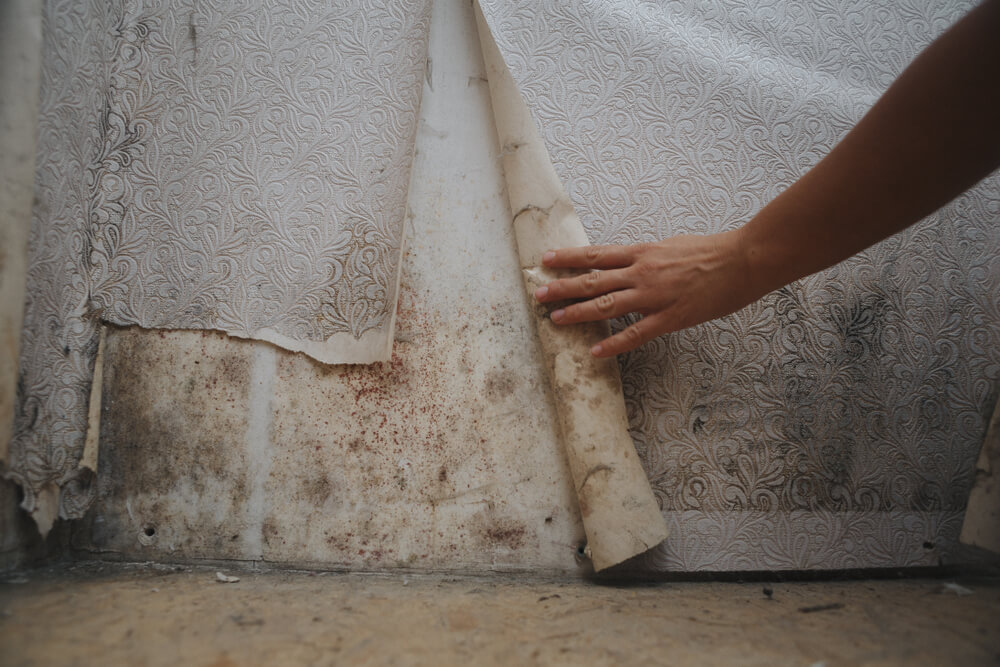
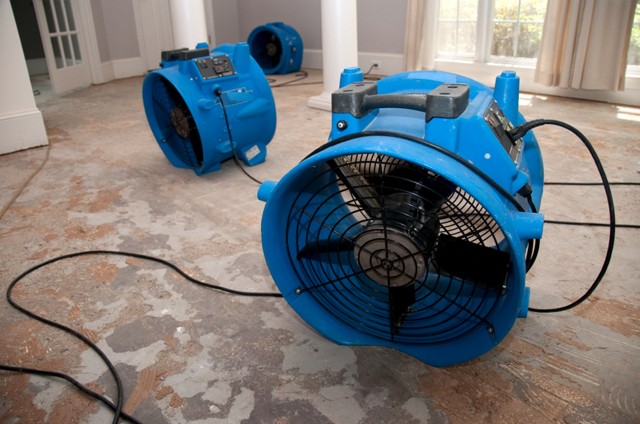
8. Hire a dehumidifier
If you’re waiting for a response, or want to help dry the house quicker, hiring a dehumidifier or air mover will help to push air round the house and remove damp in the air.
You may also want to hire a HEPA air scrubber to remove mould particles from the air and keep it clean.

